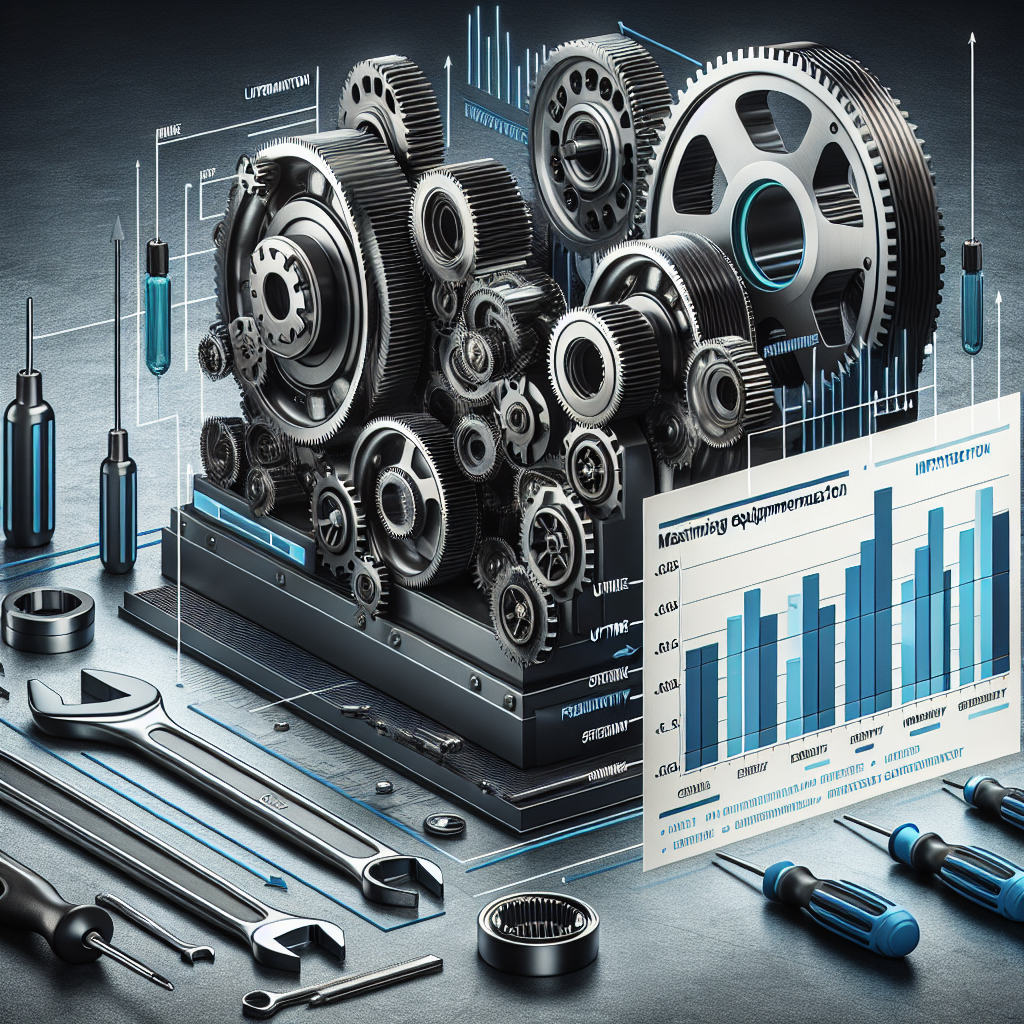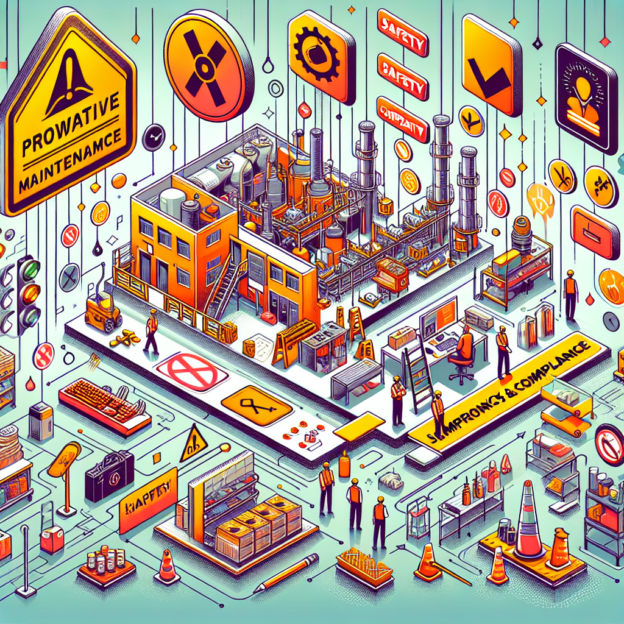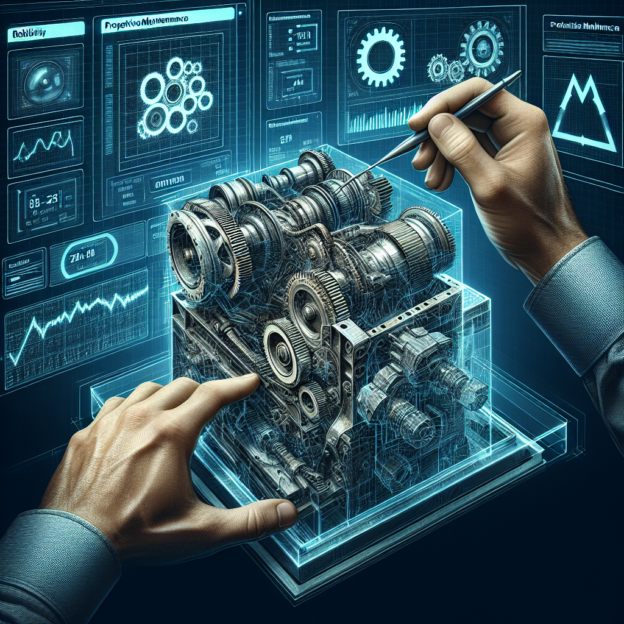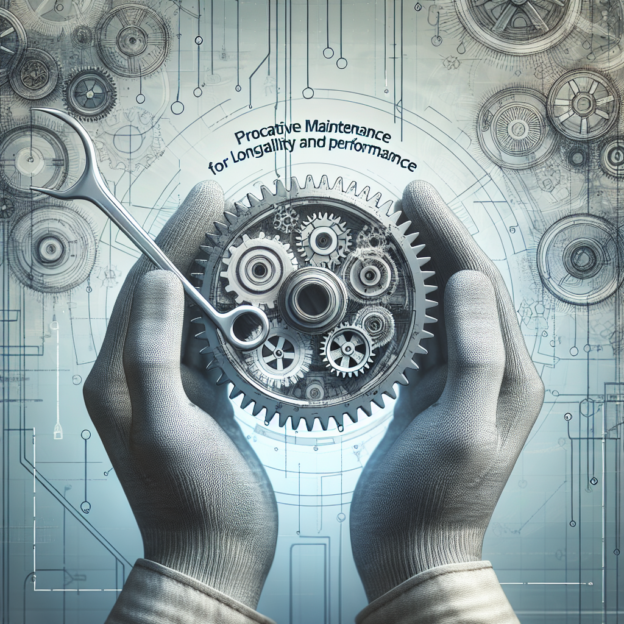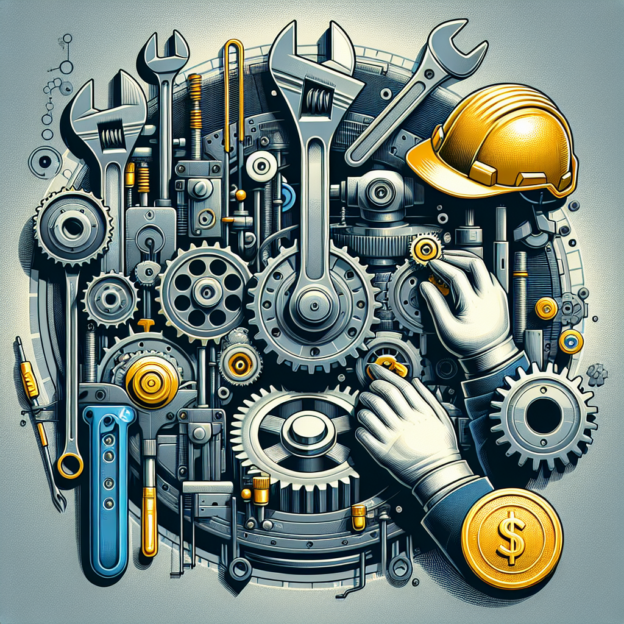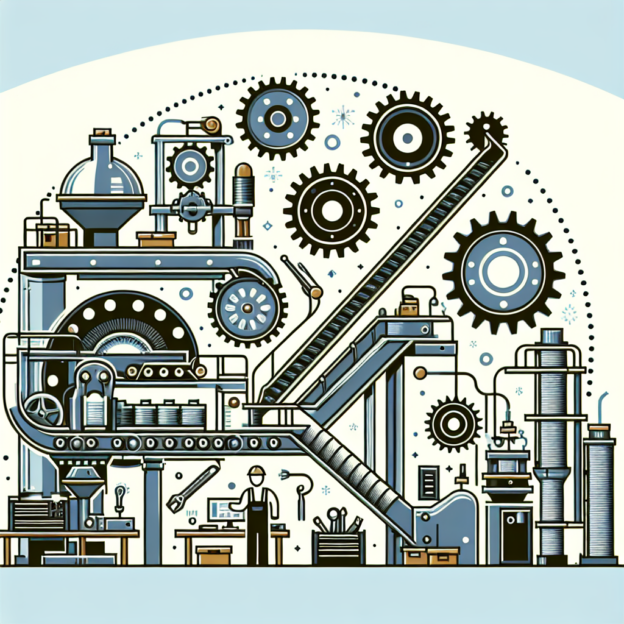Proactive Maintenance Strategies for Maximizing Equipment Performance
In today’s fast-paced business environment, maximizing equipment performance is crucial for the success of any organization. Equipment downtime can result in lost production time, increased maintenance costs, and decreased customer satisfaction. That’s why implementing proactive maintenance strategies is essential to ensure that equipment is operating at peak performance levels.
Proactive maintenance involves taking a preventative approach to equipment maintenance, rather than waiting for equipment to break down before taking action. By identifying and addressing potential issues before they become problems, organizations can minimize downtime, reduce maintenance costs, and extend the lifespan of their equipment.
There are several proactive maintenance strategies that organizations can implement to maximize equipment performance:
1. Regular Inspections: Conducting regular inspections of equipment can help identify potential issues before they become major problems. This can include checking for signs of wear and tear, loose parts, or leaks. By addressing these issues early on, organizations can prevent equipment failures and minimize downtime.
2. Scheduled Maintenance: Implementing a scheduled maintenance program can help ensure that equipment is regularly serviced and maintained according to manufacturer recommendations. This can include tasks such as lubrication, filter changes, and calibration. By staying on top of scheduled maintenance, organizations can maximize equipment performance and prevent unexpected breakdowns.
3. Predictive Maintenance: Predictive maintenance involves using data and technology to predict when equipment is likely to fail, allowing organizations to address issues before they occur. This can include monitoring equipment performance metrics, analyzing data trends, and using predictive maintenance tools such as vibration analysis or thermal imaging. By proactively identifying potential issues, organizations can minimize downtime and extend the lifespan of their equipment.
4. Training and Education: Investing in training and education for maintenance staff can help ensure that they have the knowledge and skills to properly maintain equipment. This can include training on equipment operation, maintenance procedures, and troubleshooting techniques. By empowering maintenance staff with the tools they need to effectively maintain equipment, organizations can improve equipment performance and reduce downtime.
5. Spare Parts Management: Maintaining an inventory of spare parts can help minimize downtime in the event of equipment failure. By having the necessary parts on hand, organizations can quickly replace components and get equipment back up and running. Additionally, having a spare parts management system in place can help ensure that the right parts are available when needed.
In conclusion, implementing proactive maintenance strategies is essential for maximizing equipment performance and minimizing downtime. By taking a preventative approach to maintenance, organizations can extend the lifespan of their equipment, reduce maintenance costs, and improve overall efficiency. By incorporating regular inspections, scheduled maintenance, predictive maintenance, training and education, and spare parts management into their maintenance programs, organizations can ensure that their equipment is operating at peak performance levels.

